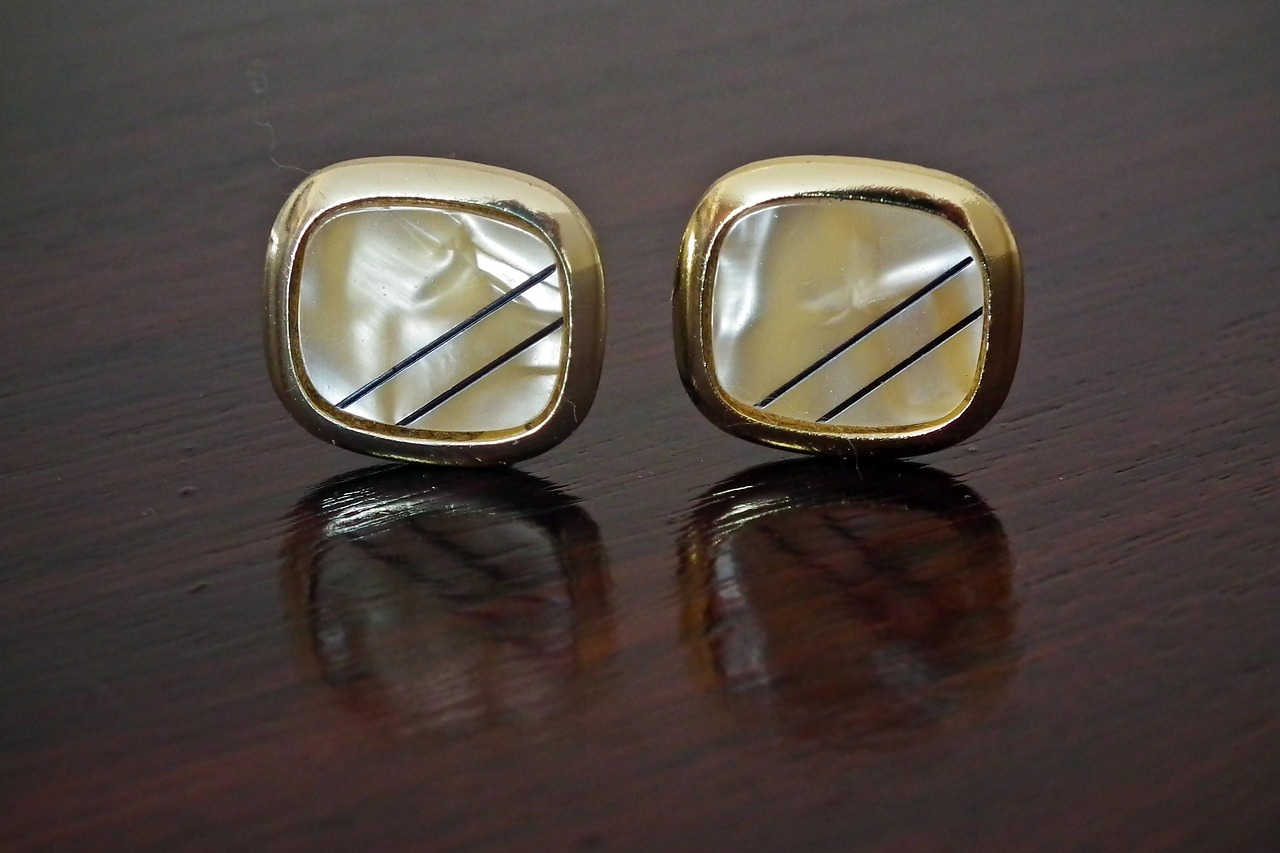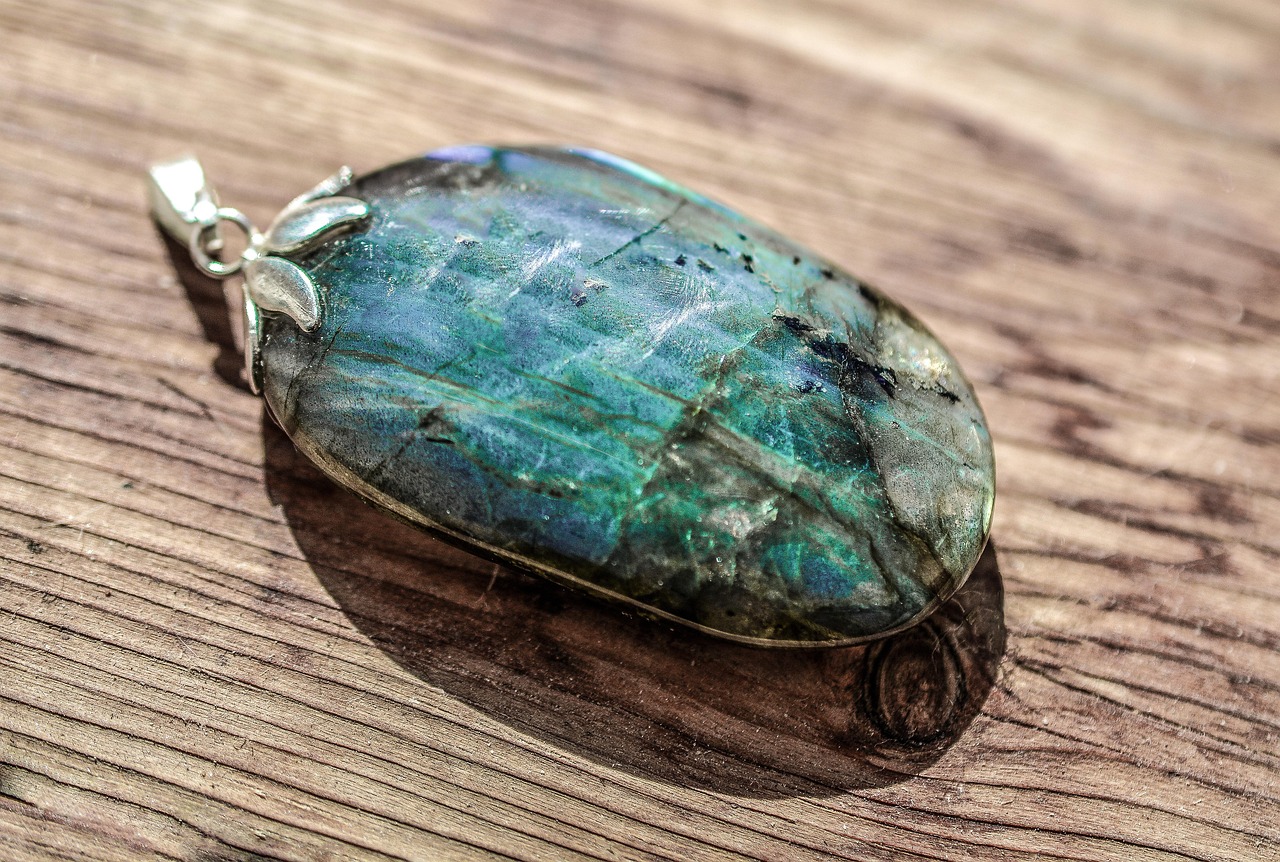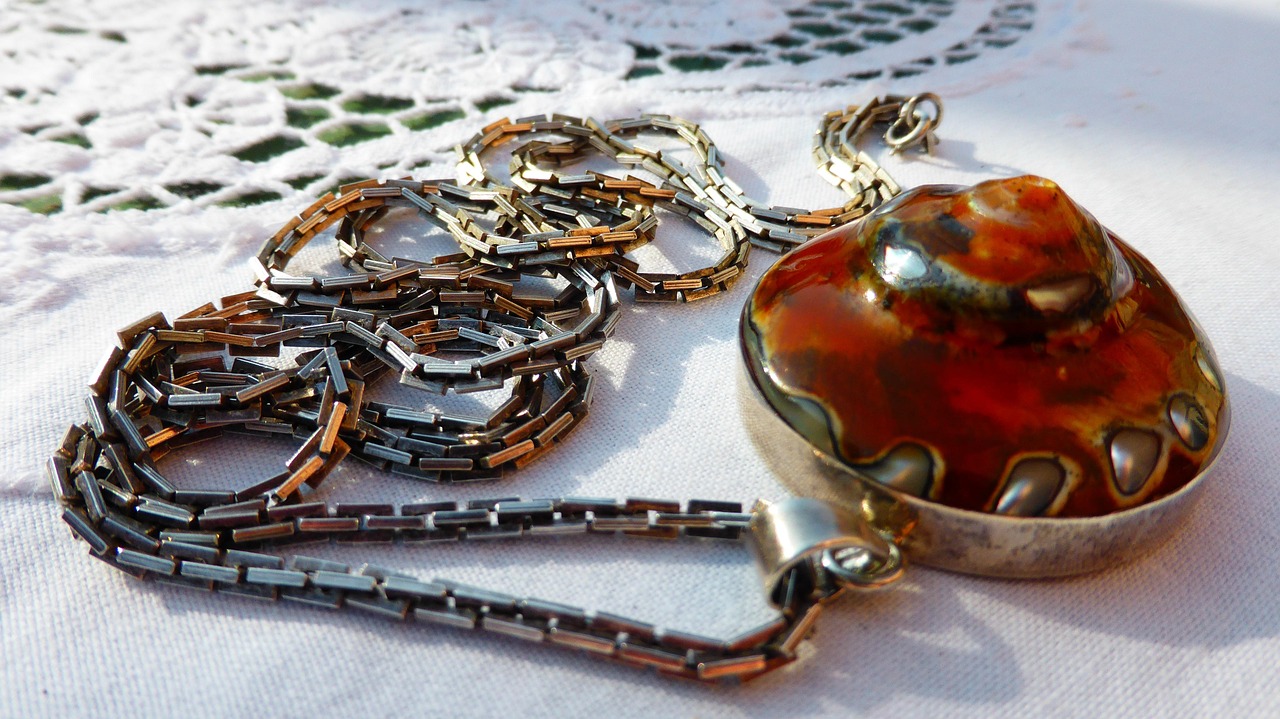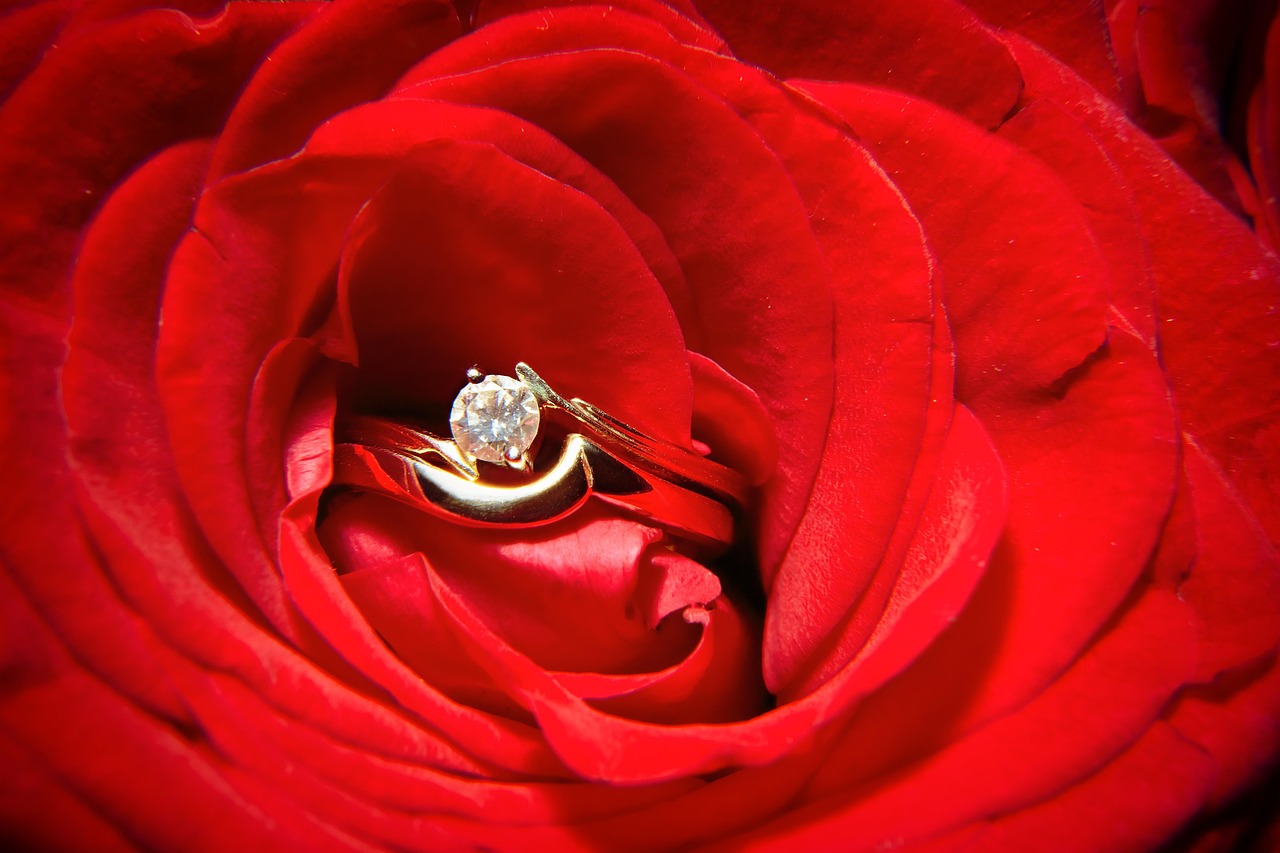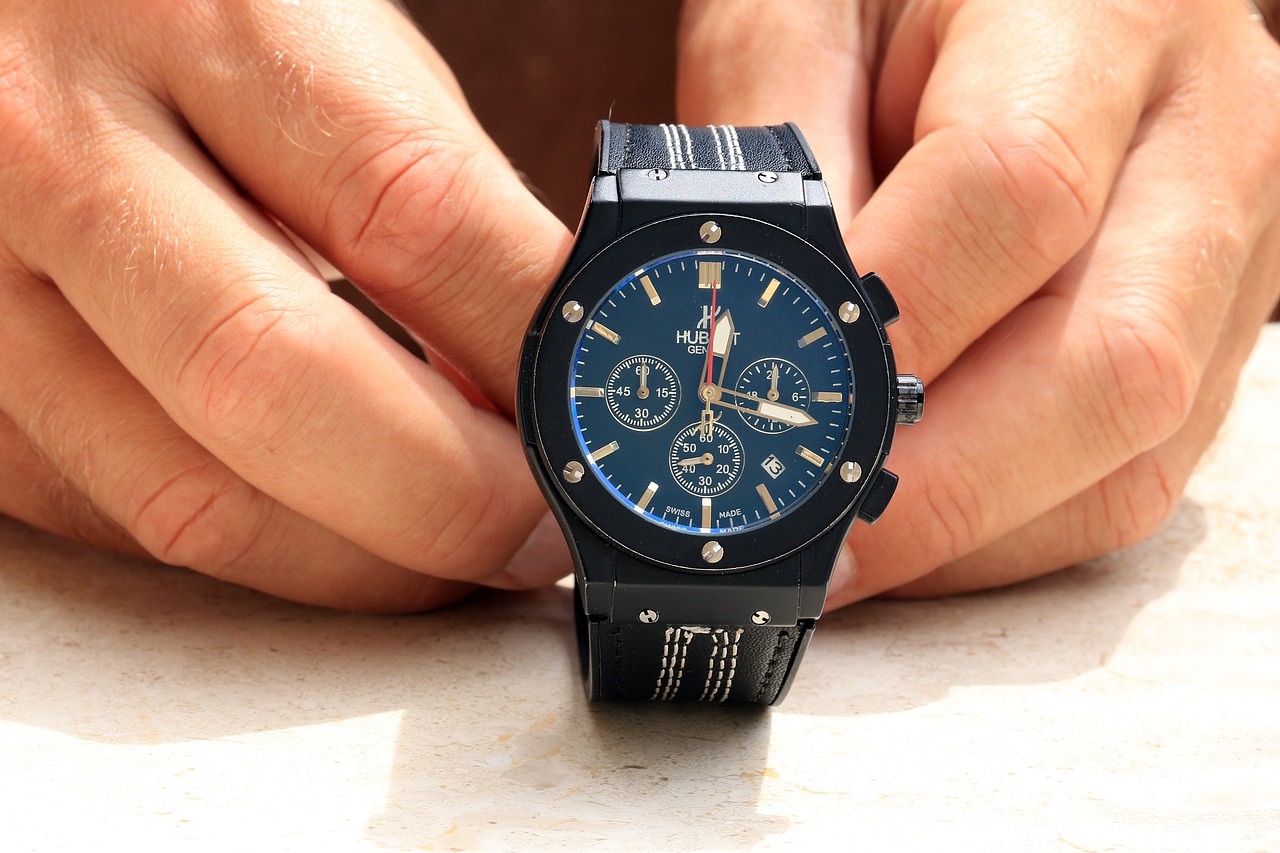This article explores the key differences between white gold and platinum, helping you make an informed decision when purchasing jewelry. We’ll cover composition, durability, price, and more.
What is White Gold?
White gold is an alloy primarily composed of yellow gold mixed with other metals such as palladium, nickel, or silver. This combination not only changes its color to a bright, shiny white but also enhances its durability. White gold is often plated with a thin layer of rhodium to give it a reflective finish, which can eventually wear off, requiring periodic replating. Its versatility makes it a popular choice for various types of jewelry, including engagement rings and wedding bands.
What is Platinum?
Platinum is a naturally occurring metal that is denser and more durable than gold. Due to its rarity and unique properties, platinum is often considered a premium choice for fine jewelry. Unlike white gold, platinum does not require plating and retains its natural luster over time. Its hypoallergenic qualities make it suitable for those with sensitive skin.
How are White Gold and Platinum Made?
The manufacturing process for white gold involves alloying yellow gold with other metals to achieve the desired color and strength. In contrast, platinum is extracted from ore and refined through a complex process that ensures its purity. Understanding these processes can help you appreciate the distinctive characteristics of each metal.
What are the Key Differences in Durability?
- White Gold: While durable, it can scratch and tarnish over time, especially if not properly maintained.
- Platinum: Exceptionally resistant to wear and tear, platinum can develop a natural patina that many find appealing.
How Does Price Compare Between White Gold and Platinum?
When it comes to price, platinum is generally more expensive than white gold due to its rarity and density. The cost of white gold can fluctuate based on the market price of gold and the alloying metals used. Understanding these factors can help you budget accordingly for your jewelry purchase.
Which Metal is Better for Hypoallergenic Jewelry?
If you have sensitive skin, hypoallergenic properties are essential. Platinum is naturally hypoallergenic, making it a safer choice for individuals prone to allergic reactions. White gold, however, may contain nickel, which can trigger allergies in some people.
What Are the Maintenance Requirements for Each Metal?
Both metals require care to maintain their appearance:
- White Gold: Regular cleaning and replating may be necessary to keep it looking its best.
- Platinum: Minimal maintenance is needed, though occasional polishing can help maintain its shine.
How Do White Gold and Platinum Affect Resale Value?
Resale value is an important consideration for many buyers. Platinum tends to hold its value better over time due to its rarity and desirability. White gold may depreciate more quickly, especially if it requires replating.
What Styles and Settings Work Best for Each Metal?
The choice of metal can influence the style and setting of your jewelry. White gold often complements modern, sleek designs, while platinum can enhance more traditional settings, showcasing the stone’s brilliance.
Which One Should You Choose for Your Jewelry Purchase?
Choosing between white gold and platinum can be challenging. Consider your lifestyle, budget, and personal preferences when making a decision. Both metals have unique benefits, making them suitable for different tastes and occasions.

What is White Gold?
White gold is a popular alloy that combines yellow gold with various other metals to achieve a lustrous, silver-like appearance. This unique blend not only enhances the aesthetic appeal of the jewelry but also improves its durability. Typically, white gold is composed of approximately 75% yellow gold, with the remaining 25% made up of metals such as palladium, nickel, or silver. These metals contribute to the alloy’s strength and resistance to scratching and tarnishing.
The process of creating white gold involves alloying yellow gold with these metals, followed by a plating process, often using rhodium. Rhodium plating gives white gold its signature bright, reflective finish, enhancing its visual appeal. However, it’s important to note that this plating can wear off over time, necessitating periodic re-plating to maintain the jewelry’s original luster.
Appearance and Characteristics
White gold has a chic and modern look, making it a popular choice for various types of jewelry, including engagement rings, wedding bands, and earrings. Its neutral tone complements a wide range of gemstones, particularly diamonds, which can appear even more brilliant against the bright backdrop of white gold. Additionally, the alloy’s shiny finish can enhance the overall design of the piece, making it an attractive option for those who prefer a contemporary aesthetic.
Common Uses in Jewelry
Jewelry crafted from white gold is versatile and can be found in numerous styles, from classic to modern. Its durability makes it suitable for everyday wear, particularly in engagement rings and wedding bands, where longevity is essential. Furthermore, white gold is often used in fine jewelry collections due to its ability to hold intricate designs and settings, ensuring that the craftsmanship is highlighted.
In addition to rings, white gold is frequently utilized in necklaces, bracelets, and earrings. The alloy’s strength allows for delicate designs without compromising on durability, making it a favored choice among jewelers and consumers alike.
Conclusion
In summary, white gold is an alloy that combines the beauty of yellow gold with the strength of other metals, resulting in a stunning and durable material for jewelry. Its unique properties, appearance, and versatility make it a favored choice for various jewelry pieces, appealing to those who appreciate both elegance and resilience.
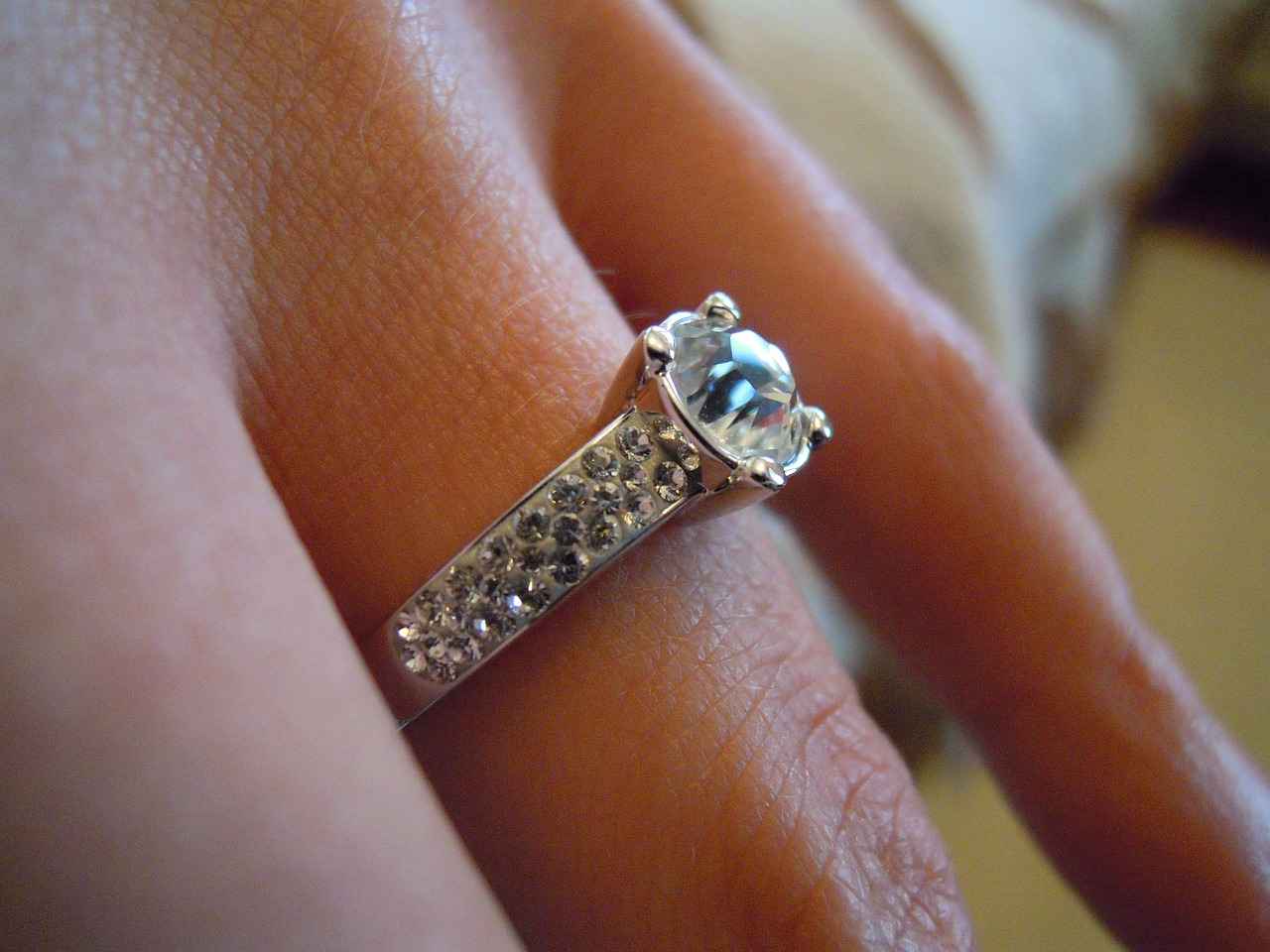
What is Platinum?
Platinum is a naturally occurring metal that is celebrated for its exceptional rarity and durability. This precious metal belongs to the platinum group of metals, which also includes palladium, rhodium, and iridium. Unlike gold, which is often found in larger quantities, platinum is much less abundant in the Earth’s crust, making it a highly sought-after material for various applications, particularly in fine jewelry.
One of the most notable characteristics of platinum is its resistance to tarnishing. This quality makes it an ideal choice for jewelry that is worn daily, as it maintains its luster and does not require frequent polishing. Additionally, platinum is hypoallergenic, which means it is less likely to cause allergic reactions in sensitive individuals. This property further enhances its appeal in the jewelry market, where comfort and safety are paramount.
When comparing platinum to gold, there are several key differences to consider. For instance, platinum is denser than gold, which contributes to its weight and feel. Jewelry made from platinum tends to have a more substantial presence on the hand or neck, giving it a luxurious feel that many consumers prefer. Furthermore, the natural white color of platinum provides a stunning backdrop for gemstones, allowing them to shine brightly without the need for rhodium plating, which is often used on white gold.
Another important aspect of platinum is its durability. While both platinum and gold can scratch, platinum has a unique ability to resist wear over time. This means that even when scratched, platinum does not lose any material; instead, the metal is merely displaced, allowing it to maintain its volume and integrity. This characteristic makes platinum a wise investment for those looking for jewelry that will last a lifetime.
In terms of price, platinum is generally more expensive than gold. The cost is influenced by its rarity, the complexity of mining and refining processes, and market demand. Consumers should be prepared for a higher initial investment when choosing platinum over gold. However, many find the price justified due to its long-lasting qualities and timeless appeal.
In summary, platinum stands out as a premium choice for fine jewelry due to its unique properties, including its durability, hypoallergenic nature, and luxurious appearance. Whether you are considering an engagement ring or a special gift, understanding the benefits of platinum can help you make an informed decision that aligns with your personal style and values.
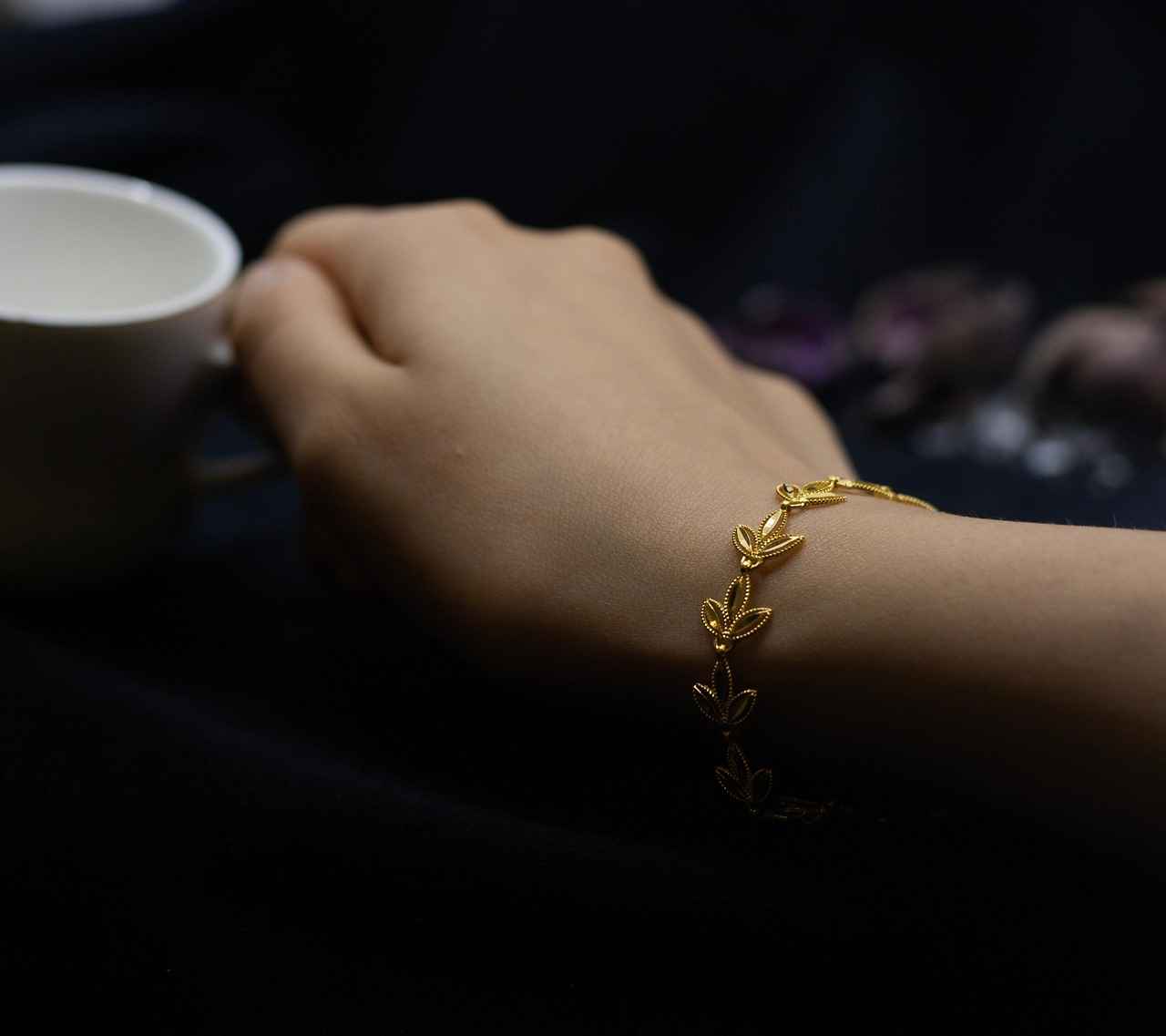
How are White Gold and Platinum Made?
When it comes to understanding the manufacturing process of white gold and platinum, it is essential to appreciate the intricacies involved in creating these luxurious metals. Both white gold and platinum undergo specific procedures that enhance their unique characteristics, making them highly sought after in the jewelry market.
White gold is not a naturally occurring metal; instead, it is an alloy made primarily from yellow gold combined with other metals. The typical metals used in the alloying process include:
- Nickel – Provides strength and durability.
- Palladium – Enhances the white color and adds resistance to tarnishing.
- Silver – Often used to lower costs while maintaining a desirable appearance.
The alloying process involves melting yellow gold and mixing it with these metals in precise proportions. This process not only alters the color but also affects the hardness and overall properties of the final product.
Platinum, unlike white gold, is a naturally occurring metal that is extracted from ore through a process of refinement. The main steps in refining platinum include:
- Mining – Platinum is extracted from ores, often found in combination with other metals.
- Concentration – The ore is crushed, and the platinum is separated using various methods, including flotation and magnetic separation.
- Smelting – The concentrated ore is heated to high temperatures to separate platinum from other metals.
- Refining – The final step involves purifying the platinum to achieve a high level of purity, often 95% or higher.
This meticulous refining process is what makes platinum one of the rarest and most durable metals available, contributing to its esteemed status in the jewelry industry.
The differences in the manufacturing processes of white gold and platinum lead to distinct characteristics:
- White Gold: Typically lighter and more affordable, but may require rhodium plating to maintain its bright appearance.
- Platinum: Denser and heavier, offering unmatched durability and a natural white sheen without the need for additional plating.
Understanding these characteristics can significantly influence your choice when purchasing jewelry.
Knowing how white gold and platinum are made can enhance your appreciation for these metals. The alloying and refining processes not only determine the physical properties but also influence the price and value of the jewelry. For instance, the higher the purity of platinum, the more expensive it tends to be, reflecting its rarity and the complexity of its extraction process.
In conclusion, both white gold and platinum have unique manufacturing processes that contribute to their distinct qualities. By understanding these processes, you can make a more informed decision when choosing between the two for your next jewelry purchase.
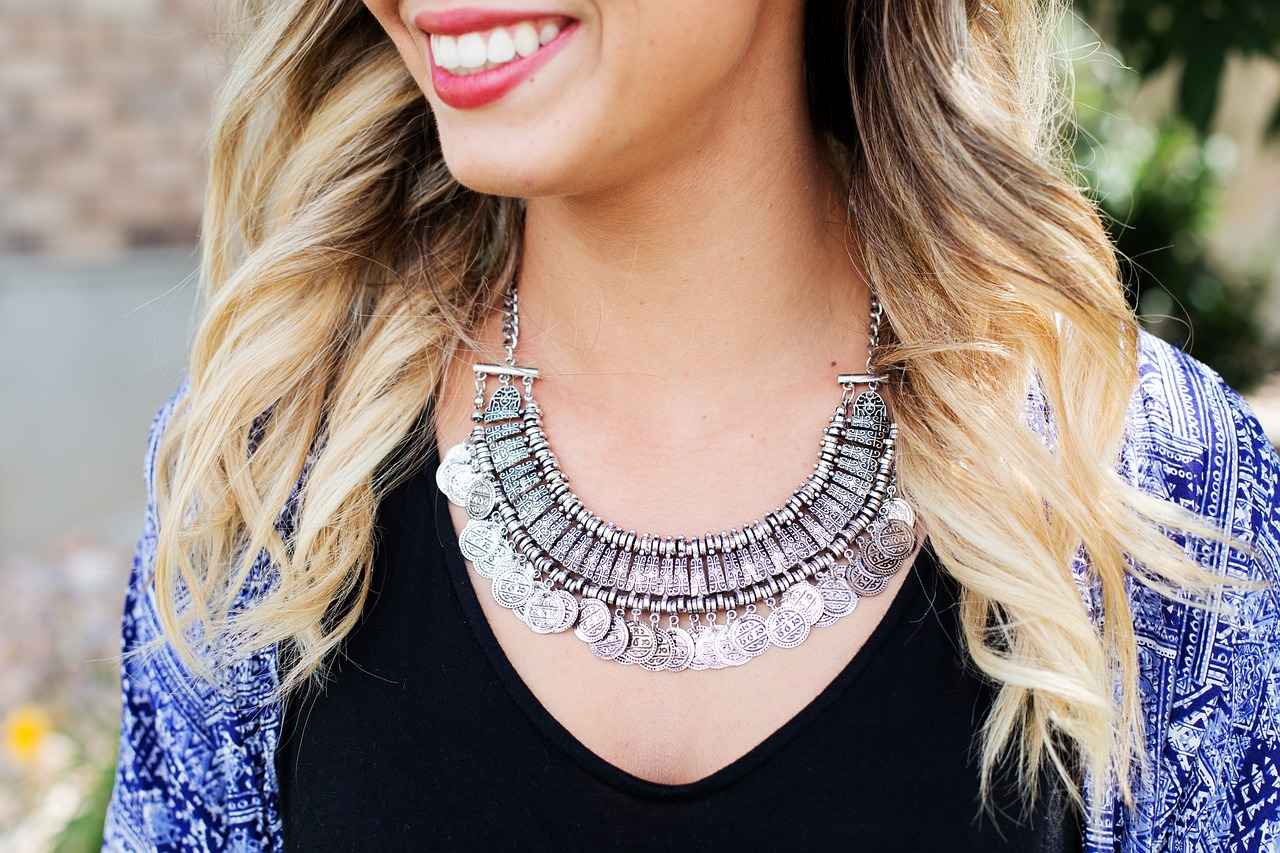
What are the Key Differences in Durability?
When it comes to selecting fine jewelry, understanding the durability of the materials is essential. In this section, we will explore the key differences in durability between white gold and platinum, focusing on their resistance to scratches, tarnishing, and overall longevity during everyday wear.
One of the most significant factors to consider is scratch resistance. Platinum is known for its remarkable durability and resistance to scratches. It is a dense metal, which means it can withstand daily wear without showing significant signs of damage. In fact, when scratched, platinum tends to develop a patina that many find appealing, as it adds character to the piece.
On the other hand, white gold, which is an alloy of yellow gold mixed with metals like palladium or nickel, is more prone to scratching. Although it can be plated with rhodium to enhance its shine and scratch resistance, this plating can wear off over time, revealing the softer yellow gold beneath. As a result, white gold may require more frequent refinishing to maintain its appearance.
Tarnishing is another critical aspect to consider when evaluating durability. Platinum is highly resistant to tarnishing due to its natural properties. It does not oxidize or corrode, making it an excellent choice for those who want a long-lasting and low-maintenance option.
Conversely, white gold can tarnish over time, especially if it contains nickel. The rhodium plating that is often applied to enhance its luster can also wear off, leading to discoloration. Regular maintenance and replating may be necessary to keep white gold looking its best, especially for pieces frequently exposed to moisture or chemicals.
When considering overall longevity, platinum takes the lead. Its inherent strength and resistance to wear and tear mean that platinum jewelry can last a lifetime and beyond with minimal maintenance. Many jewelers even offer lifetime warranties on platinum pieces, reflecting their confidence in the metal’s durability.
White gold, while beautiful and versatile, does not have the same longevity as platinum. Its susceptibility to scratches and tarnishing can diminish its lifespan, particularly if the jewelry is worn daily. For individuals who lead active lifestyles or engage in hands-on work, platinum may be the more suitable choice.
In summary, when comparing white gold and platinum in terms of durability, platinum emerges as the superior option. Its scratch resistance, lack of tarnishing, and overall longevity make it an ideal choice for those seeking durable jewelry. White gold, while elegant and stylish, requires more maintenance and may not withstand the rigors of everyday wear as effectively. Ultimately, understanding these differences can help you make an informed decision based on your lifestyle and preferences.

How Does Price Compare Between White Gold and Platinum?
When it comes to purchasing fine jewelry, understanding the price differences between materials is crucial. This is especially true for white gold and platinum, two popular choices that offer unique characteristics and aesthetics. In this section, we will delve into how the prices of these metals compare, considering various factors that influence their costs.
Market Demand plays a significant role in determining the price of both white gold and platinum. Platinum is rarer than gold, which inherently drives its price higher. The global demand for platinum, particularly in industries like automotive and electronics, can further affect its market price. In contrast, white gold, being an alloy of yellow gold mixed with metals such as palladium or nickel, tends to fluctuate with the price of gold itself, which is influenced by market trends and investor behavior.
Another critical factor is the metal composition. White gold is not a single metal but rather an alloy. The percentage of pure gold in white gold jewelry can vary, typically ranging from 14K to 18K. The higher the karat, the more expensive the piece will be, as it contains a greater amount of gold. On the other hand, platinum jewelry is usually 90-95% pure platinum, making it more expensive due to its higher purity and density.
Additionally, the craftsmanship involved in creating jewelry from these metals can impact the final price. Platinum is more challenging to work with due to its density and melting point, which often results in higher labor costs. Jewelers may charge more for platinum settings compared to white gold settings, reflecting the additional skill and time required to create these pieces.
To illustrate the pricing differences, consider the following table:
| Metal Type | Average Price per Gram | Common Karats |
|---|---|---|
| White Gold | $60 – $80 | 14K, 18K |
| Platinum | $30 – $50 | 90%, 95% |
As shown in the table, while platinum may have a lower price per gram, the overall cost of a platinum piece can be significantly higher due to its purity and the complexity of its crafting. Furthermore, the resale value of these metals can vary, with platinum generally holding its value better over time compared to white gold.
In conclusion, understanding the price dynamics between white gold and platinum is essential for making an informed purchasing decision. Factors such as market demand, metal composition, and craftsmanship all contribute to the cost differences, helping you choose the right metal for your jewelry needs.
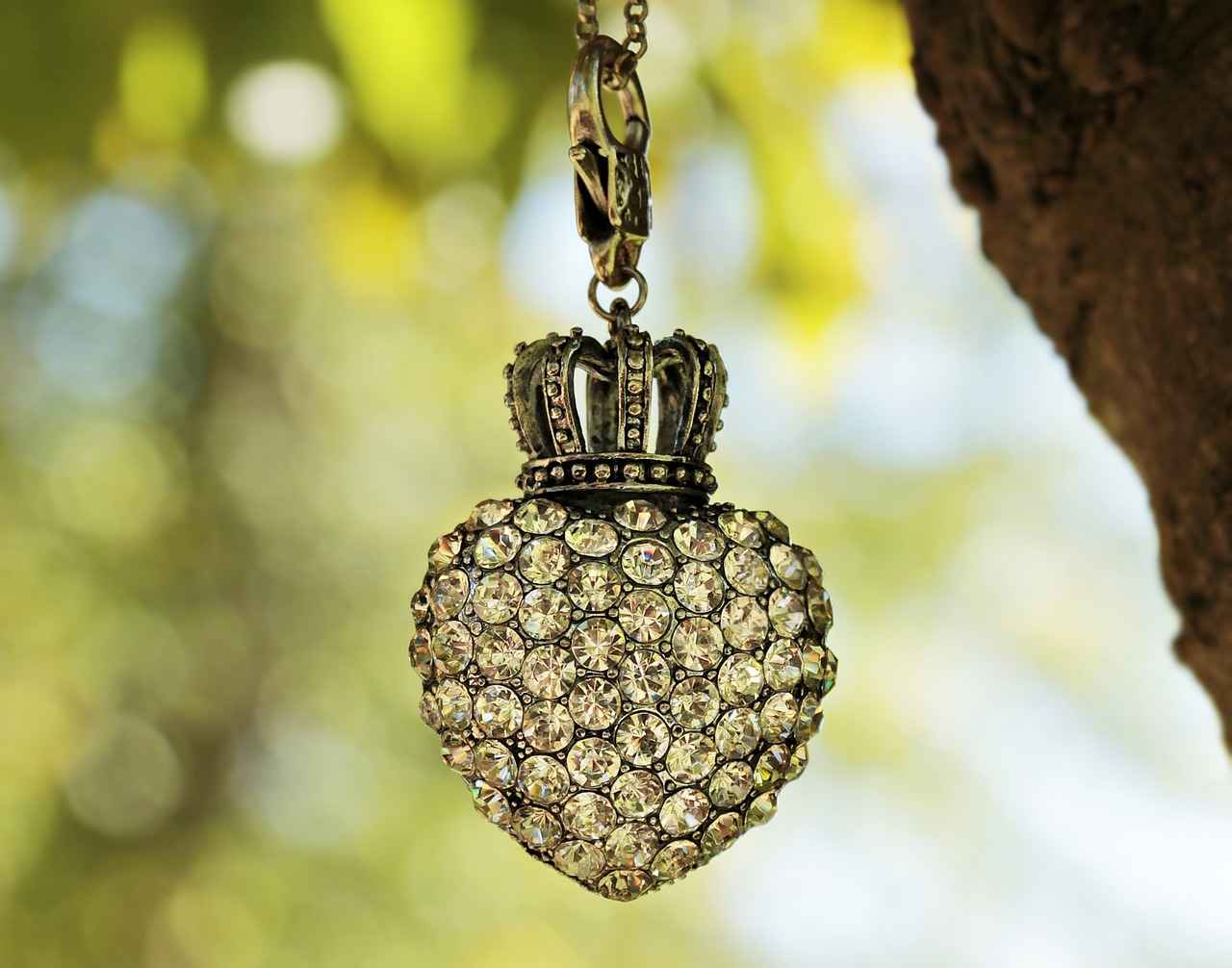
Which Metal is Better for Hypoallergenic Jewelry?
When it comes to selecting jewelry, especially for individuals with sensitive skin, the choice of metal is crucial. Hypoallergenic properties become a significant factor in ensuring comfort and safety. In this section, we will delve into the allergenic potential of white gold versus platinum, helping you determine which option is safer for sensitive individuals.
Hypoallergenic jewelry is designed to minimize the risk of allergic reactions. This is particularly important for those who may experience irritation or discomfort from certain metals. The primary culprits in causing allergic reactions are often nickel and other alloys used in jewelry manufacturing.
White gold is an alloy that typically consists of yellow gold mixed with metals such as nickel, palladium, or silver. While it has a beautiful luster and is popular in various jewelry designs, the presence of nickel can pose a problem for sensitive skin. Many people are allergic to nickel, which can lead to symptoms such as redness, itching, and swelling.
- Nickel Content: The amount of nickel in white gold can vary depending on the alloy used. Some manufacturers create nickel-free white gold, which is a safer option for those with sensitivities.
- Rhodium Plating: To enhance its appearance and reduce tarnishing, white gold is often plated with rhodium. However, this plating can wear off over time, potentially exposing the underlying nickel alloy.
Platinum, on the other hand, is a naturally occurring metal that is known for its hypoallergenic properties. It is less likely to cause allergic reactions because it contains minimal to no nickel. Here are some reasons why platinum is often considered a safer choice:
- Pure Composition: Platinum jewelry is usually made of 90% to 95% pure platinum, making it less likely to cause skin irritation.
- Durability: Platinum is incredibly durable and resistant to scratching, which means it maintains its integrity and hypoallergenic properties over time.
If you have sensitive skin, platinum is generally the better choice due to its low allergenic potential. While some white gold options can be made without nickel, the risk remains if the alloy is not specified. Therefore, when purchasing jewelry, always inquire about the metal composition, especially if you have a known allergy.
In conclusion, while both white gold and platinum have their unique qualities, platinum stands out as the safer option for individuals with sensitive skin. Its hypoallergenic properties and minimal risk of causing allergic reactions make it a preferred choice for those seeking comfort and elegance in their jewelry. Always prioritize your skin’s health by choosing metals that suit your individual needs.
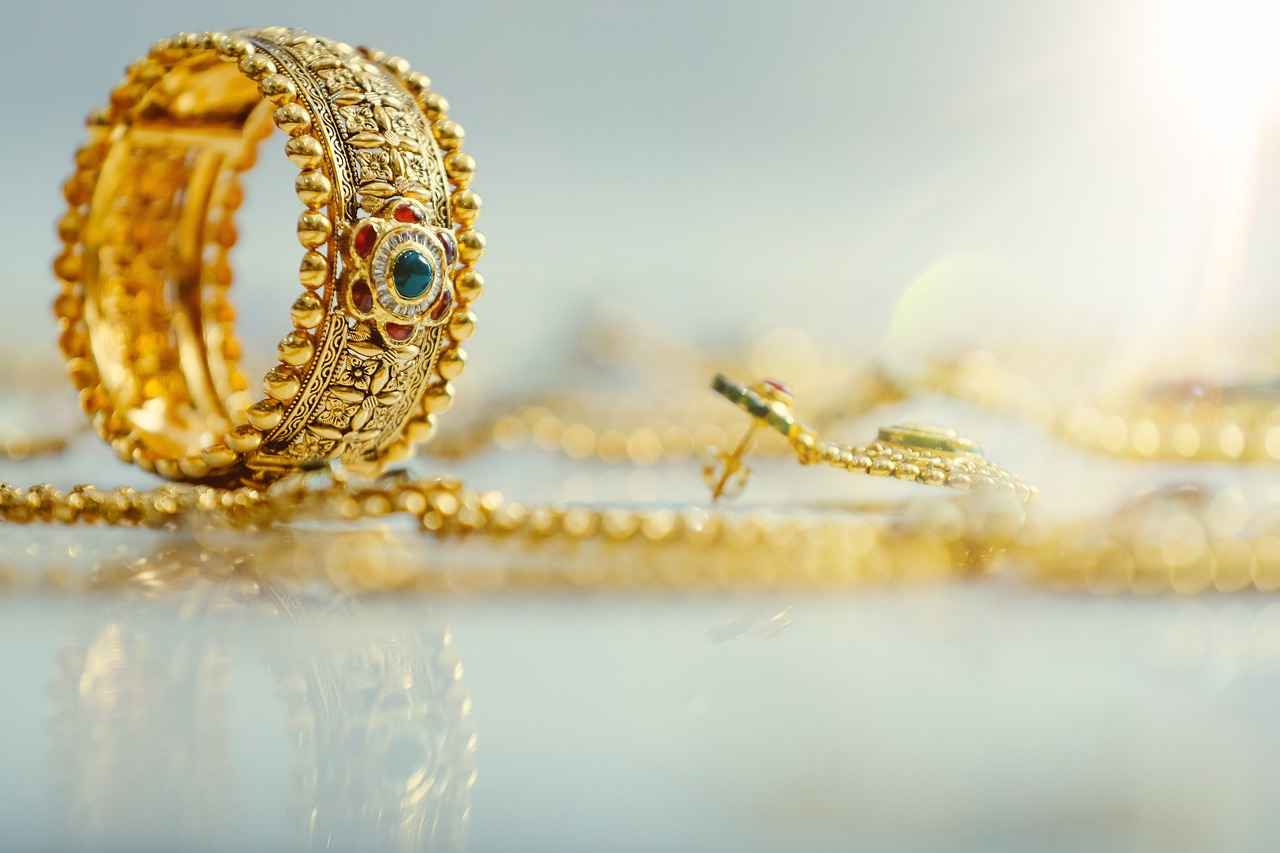
What Are the Maintenance Requirements for Each Metal?
When it comes to maintaining the beauty of your jewelry, both white gold and platinum require specific care to retain their stunning appearance. Understanding the maintenance requirements for each metal is essential for any jewelry owner. Below, we will explore effective cleaning methods and practical tips to ensure your precious pieces remain in excellent condition.
White gold is typically plated with rhodium to enhance its shine and durability. Over time, this plating can wear off, revealing a slightly yellow hue beneath. To maintain its brilliance, follow these cleaning tips:
- Gentle Soap Solution: Use a mixture of warm water and mild dish soap. Soak your white gold jewelry for about 15 minutes, then gently scrub with a soft toothbrush to remove dirt and grime.
- Rinse and Dry: After cleaning, rinse the jewelry thoroughly under lukewarm water to remove any soap residue. Pat dry with a soft, lint-free cloth.
- Periodic Professional Cleaning: Consider taking your white gold pieces to a jeweler for professional cleaning and rhodium replating every 1-2 years to restore their original luster.
Platinum is known for its durability and resistance to tarnishing, making it relatively easy to care for. However, it can still scratch and develop a patina over time. Here are some tips for maintaining platinum jewelry:
- Regular Cleaning: Similar to white gold, clean your platinum jewelry with a mild soap solution. Soak it in warm, soapy water, then gently scrub with a soft brush.
- Polishing Cloth: Use a jewelry polishing cloth specifically designed for platinum to remove any surface scratches and restore shine.
- Professional Maintenance: Regular visits to a jeweler for cleaning and polishing can help maintain the piece’s brilliance and address any potential damage.
Proper storage is crucial for keeping your jewelry safe from scratches and damage. Here are some recommendations:
- Separate Storage: Store white gold and platinum pieces separately to prevent them from scratching each other. Use soft pouches or lined jewelry boxes.
- Avoid Moisture: Keep your jewelry in a dry environment, as moisture can lead to tarnishing and damage over time.
To ensure the longevity of your white gold and platinum jewelry, avoid the following:
- Avoid Harsh Chemicals: Household cleaners, chlorine, and other harsh chemicals can damage both metals. Always remove your jewelry before using such products.
- Limit Exposure: Take off your jewelry during activities like swimming, exercising, or cleaning to minimize wear and tear.
In summary, both white gold and platinum require specific care to maintain their appearance. By following these cleaning methods and maintenance tips, you can keep your jewelry looking its best for years to come. Regular cleaning, proper storage, and professional maintenance are key components in preserving the beauty of your cherished pieces.

How Do White Gold and Platinum Affect Resale Value?
When considering a jewelry purchase, resale value is a critical factor for many buyers. Understanding how different metals retain their value over time can significantly influence your decision. In this section, we will analyze the resale value of white gold and platinum, providing insights into what you can expect if you decide to sell your jewelry in the future.
White Gold Resale Value: White gold is an alloy primarily composed of yellow gold, mixed with metals such as palladium or nickel to achieve its distinctive hue. While it is a popular choice for jewelry, its resale value can be influenced by several factors:
- Market Demand: The resale value of white gold can fluctuate based on current trends and consumer preferences. If white gold remains in demand, you may fetch a better price.
- Gold Prices: Since white gold contains gold, its value is directly linked to the market price of gold. As gold prices rise, so does the potential resale value of white gold jewelry.
- Condition: The condition of your white gold piece plays a vital role. Jewelry that has been well-maintained and shows minimal signs of wear is likely to have a higher resale value.
Platinum Resale Value: Platinum, on the other hand, is a naturally occurring metal known for its rarity and durability. This metal often holds a higher resale value compared to white gold for several reasons:
- Rarity: Platinum is significantly rarer than gold, which can drive its resale value higher. The limited supply makes it a sought-after material in the jewelry market.
- Durability: Platinum’s exceptional durability means that it is less prone to scratches and damage, making it more appealing to buyers looking for long-lasting pieces. This resilience can contribute to a higher resale price.
- Consumer Perception: Platinum is often perceived as a premium metal, which can enhance its market appeal. Buyers may be willing to pay a premium for platinum jewelry, thus increasing its resale value.
In addition to these factors, the brand and design of the jewelry can also impact resale values. High-end designers or unique pieces often command higher prices in the resale market, regardless of the metal used.
When deciding between white gold and platinum, it’s essential to consider not just the initial purchase price but also the potential for resale value. If you anticipate selling your jewelry in the future, investing in a piece made from platinum may yield a better return on investment. However, if you prefer the aesthetic of white gold and it fits your budget, it can still be a valuable addition to your collection.
In conclusion, while both white gold and platinum have their unique advantages, understanding how they affect resale value can help you make a more informed decision. Whether you prioritize durability, rarity, or market trends, knowing the potential resale implications of your jewelry can guide your purchase.

What Styles and Settings Work Best for Each Metal?
The choice of metal can significantly influence the overall style and setting of your jewelry. Understanding how different designs complement white gold and platinum can enhance their unique qualities and help you make informed decisions when selecting jewelry. In this section, we will explore various styles and settings that work best for each metal, ensuring your pieces not only look stunning but also reflect your personal style.
White gold is known for its versatile and modern appearance. Its silvery sheen allows it to pair beautifully with a variety of gemstones and designs. Here are some popular styles that enhance the beauty of white gold:
- Classic Solitaire Settings: A timeless choice, the solitaire setting emphasizes the brilliance of a single diamond or gemstone, making it a perfect match for white gold.
- Vintage-Inspired Designs: Intricate filigree and milgrain detailing in vintage styles can add a touch of elegance and sophistication to white gold pieces.
- Geometric and Modern Styles: Clean lines and contemporary designs highlight the sleekness of white gold, making it ideal for modern jewelry lovers.
Platinum, known for its durability and rarity, has a natural luster that enhances the brilliance of diamonds and colored gemstones. Here are some settings that showcase platinum’s unique qualities:
- Three-Stone Settings: This setting symbolizes the past, present, and future, and the use of platinum allows the stones to shine brilliantly while providing a secure hold.
- Channel Set Designs: The sleek, flush appearance of channel settings in platinum creates a seamless look, perfect for showcasing multiple stones.
- Halo Settings: A halo of smaller diamonds surrounding a center stone can be beautifully accentuated by the reflective qualities of platinum, enhancing the overall sparkle.
The choice of gemstones can also impact how each metal is perceived. For example, colored gemstones like sapphires or emeralds can create a striking contrast when set in white gold, while diamonds in platinum settings can appear even more brilliant due to the metal’s reflective nature.
Jewelry trends often dictate popular styles for both white gold and platinum. Currently, stackable rings and layered necklaces are in vogue, and both metals can be used interchangeably to create personalized looks. However, white gold tends to be favored for more casual or everyday wear, while platinum is often chosen for luxurious and formal pieces.
Ultimately, the best style and setting for your jewelry will depend on your personal taste, lifestyle, and the specific qualities of the metal you choose. By understanding how white gold and platinum can enhance different designs, you can select pieces that not only reflect your individuality but also stand the test of time.
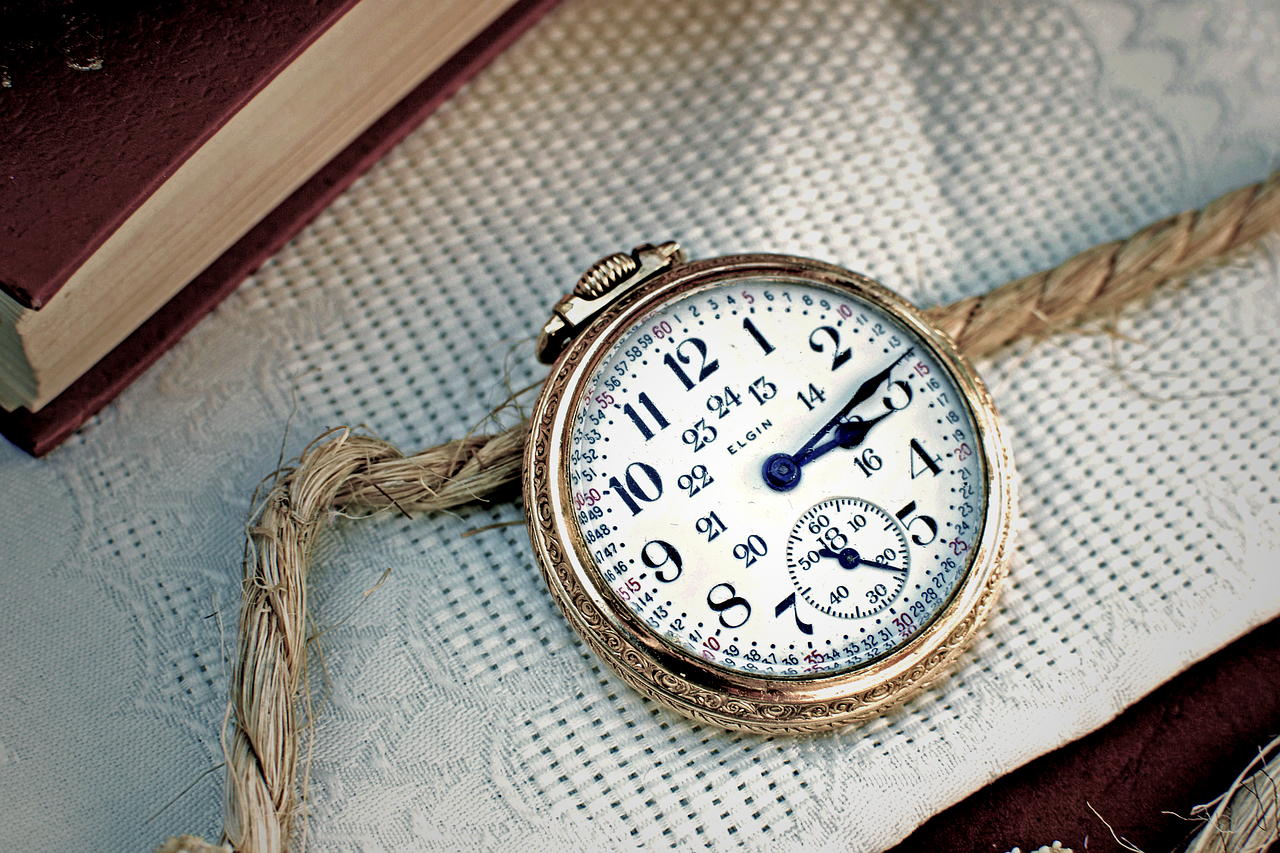
Which One Should You Choose for Your Jewelry Purchase?
When it comes to selecting the perfect metal for your jewelry, the decision between white gold and platinum can indeed be daunting. Each metal possesses unique properties that cater to different preferences and lifestyles. In this section, we will explore the essential factors to consider, ensuring you make an informed choice that aligns with your personal taste and practical needs.
- Durability: If you lead an active lifestyle or plan to wear your jewelry daily, platinum may be the superior choice. Known for its exceptional strength and resistance to wear, platinum maintains its integrity over time, making it ideal for engagement rings and wedding bands. In contrast, while white gold is durable, it may require more frequent maintenance due to its alloy composition.
- Hypoallergenic Properties: For those with sensitive skin, platinum is often the better option. It is a naturally hypoallergenic metal, which means it is less likely to cause allergic reactions. White gold, on the other hand, is typically alloyed with nickel, a common allergen, which could pose a risk for some individuals.
- Price Considerations: Budget is a significant factor in your decision. Generally, white gold is more affordable than platinum, making it a popular choice for those looking to balance quality and cost. However, investing in platinum can yield long-term value due to its rarity and resale potential.
- Maintenance Requirements: Both metals require care, but their maintenance differs. White gold often needs re-plating with rhodium to maintain its shine, while platinum develops a natural patina over time, which many find appealing. Understanding your willingness to maintain your jewelry can influence your choice.
- Style and Aesthetic: The visual appeal of each metal can sway your decision. White gold has a bright, shiny finish that complements a variety of gemstones, while platinum offers a more understated elegance with a subtle sheen, enhancing the beauty of the stones it holds.
Ultimately, the decision between white gold and platinum should reflect your personal style, lifestyle, and values. If you prioritize durability and hypoallergenic properties, platinum may be the best fit. Conversely, if you are looking for a more budget-friendly option that still offers beauty and elegance, white gold could be the way to go. Consider your daily activities, skin sensitivities, and aesthetic preferences as you make your choice. Remember, the best jewelry is not just about the metal; it’s about the meaning and memories attached to it.
In conclusion, whether you lean towards the timeless allure of platinum or the classic charm of white gold, understanding the differences and implications of each choice will empower you to select the perfect piece that resonates with your personal journey.
Frequently Asked Questions
- What is the main difference between white gold and platinum?
White gold is an alloy that combines yellow gold with metals like palladium or nickel, while platinum is a pure, naturally occurring metal. This fundamental difference affects their appearance, durability, and price.
- Is white gold more affordable than platinum?
Yes, generally speaking, white gold is more budget-friendly compared to platinum. The cost difference is primarily due to platinum’s rarity and density, making it a more expensive choice.
- Which metal is better for sensitive skin?
Platinum is often the better choice for those with sensitive skin, as it is hypoallergenic and less likely to cause reactions. White gold, on the other hand, may contain nickel, which can irritate some individuals.
- How should I maintain my white gold and platinum jewelry?
Both require care, but white gold may need periodic re-plating to maintain its shine. Platinum, being more durable, requires less frequent maintenance and can often be cleaned with mild soap and water.
- Does white gold or platinum have a better resale value?
Platinum typically holds its value better than white gold due to its rarity and demand in the market. However, individual resale values can vary based on condition and market trends.

